-
 bitcoin
bitcoin $122659.385674 USD
0.52% -
 ethereum
ethereum $4484.113342 USD
-0.09% -
 bnb
bnb $1304.229256 USD
-0.85% -
 tether
tether $1.000204 USD
-0.03% -
 xrp
xrp $2.860636 USD
-0.51% -
 solana
solana $227.288799 USD
2.36% -
 usd-coin
usd-coin $0.999805 USD
0.01% -
 dogecoin
dogecoin $0.252837 USD
1.18% -
 tron
tron $0.341149 USD
1.12% -
 cardano
cardano $0.830507 USD
0.33% -
 hyperliquid
hyperliquid $45.792319 USD
0.04% -
 chainlink
chainlink $22.422164 USD
1.55% -
 ethena-usde
ethena-usde $1.000283 USD
0.01% -
 sui
sui $3.511389 USD
0.83% -
 stellar
stellar $0.385276 USD
-0.44%
how to run a blockchain node
Running a blockchain node entails maintaining a blockchain copy, verifying transactions, and participating in network consensus to foster blockchain security and efficiency.
Oct 22, 2024 at 02:36 pm

How to Run a Blockchain Node
A blockchain node is a computer that maintains a copy of the entire blockchain and participates in the network by verifying and relaying transactions. Running a node helps to secure the blockchain by validating transactions and adding them to the public ledger. Nodes also contribute to the consensus mechanism, which ensures that all nodes agree on the state of the blockchain.
Requirements
To run a blockchain node, you need the following:
- A computer with a fast processor and plenty of memory
- A copy of the blockchain software
- An active internet connection
Instructions
- Download the blockchain software. The software you need depends on the blockchain you want to run a node for. For Bitcoin, you can download the Bitcoin Core software. For Ethereum, you can download the Geth software.
- Install the blockchain software and run the node. The installation process will vary depending on the blockchain software you are using. Once the software is installed, you can run the node using the command line.
- Open up ports on your router or firewall. You need to open specific ports on your router or firewall in order for your node to connect to the network. The ports you need to open vary depending on the blockchain you are running a node for.
- Join the network. Once your node is running, you need to join the network. This can be done by connecting to other nodes or by using a discovery service.
- Start processing transactions. Once your node is connected to the network, it will start processing transactions. Your node will verify transactions and add them to the public ledger.
Benefits of Running a Blockchain Node
There are several benefits to running a blockchain node:
- You support the blockchain ecosystem. By running a node, you help to secure the blockchain and make it more efficient.
- You can earn rewards. Some blockchains offer rewards to nodes that participate in the consensus mechanism.
- You get access to the blockchain data. Running a node gives you access to the entire blockchain data, which you can use to develop applications or research the blockchain.
Conclusion
Running a blockchain node is a great way to participate in the blockchain ecosystem and support a decentralized internet. By following the steps outlined in this article, you can set up a blockchain node in just a few minutes.
Disclaimer:info@kdj.com
The information provided is not trading advice. kdj.com does not assume any responsibility for any investments made based on the information provided in this article. Cryptocurrencies are highly volatile and it is highly recommended that you invest with caution after thorough research!
If you believe that the content used on this website infringes your copyright, please contact us immediately (info@kdj.com) and we will delete it promptly.
- Ripple's Stablecoin Expansion: Bahrain, Web3, and RLUSD's Big Push
- 2025-10-10 06:25:13
- Memecoin Trader's Success: Riding the Crypto Wave Like a Pro
- 2025-10-10 06:25:13
- Binance Coin (BNB) Investment: Riding the 2025 Crypto Wave
- 2025-10-10 06:30:01
- Coin, 2025, Bull Run: What's the Hype?
- 2025-10-10 04:45:14
- Bluey Ballot Bonanza: Real Life Coin Tips from Down Under!
- 2025-10-10 05:05:13
- Toncoin (TON) Price Analysis: Crash or Correction? What's a New Yorker to Do?
- 2025-10-10 04:45:14
Related knowledge

What is a token economy?
Sep 20,2025 at 12:18am
Understanding the Foundations of a Token Economy1. A token economy in the context of cryptocurrency refers to a system where digital tokens are used a...
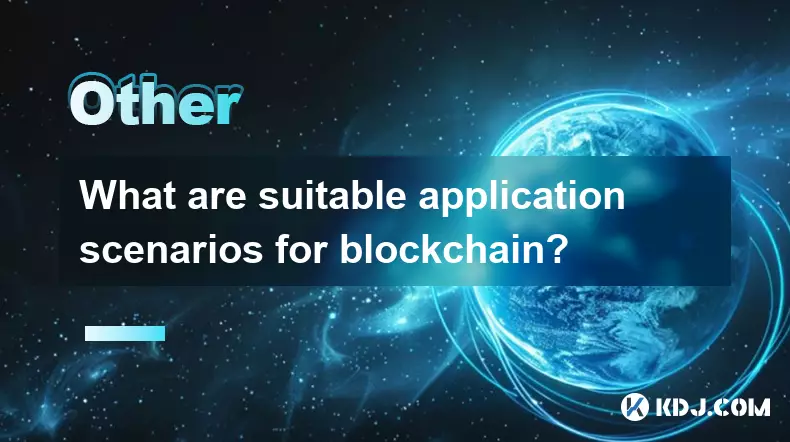
What are suitable application scenarios for blockchain?
Sep 20,2025 at 03:19am
Decentralized Finance (DeFi) Platforms1. Blockchain enables the creation of financial services without centralized intermediaries, allowing users to l...
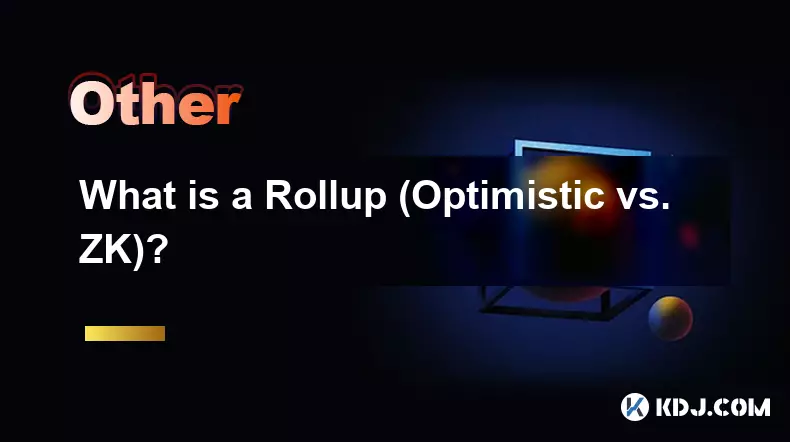
What is a Rollup (Optimistic vs. ZK)?
Sep 22,2025 at 03:00pm
Understanding Rollups in Blockchain Technology1. Rollups are layer-2 scaling solutions designed to increase transaction throughput on blockchains like...
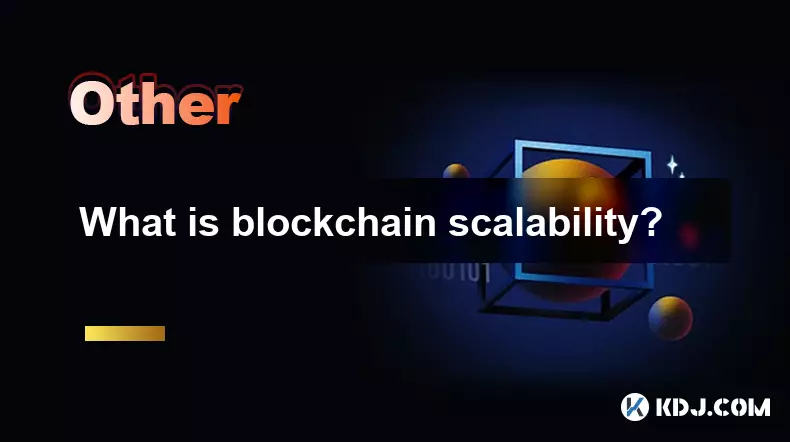
What is blockchain scalability?
Sep 19,2025 at 06:18am
Understanding Blockchain Scalability1. Blockchain scalability refers to a network's ability to handle an increasing number of transactions without com...
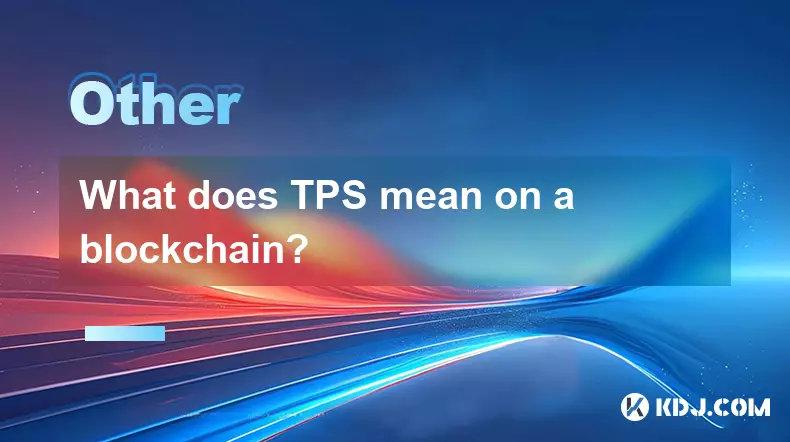
What does TPS mean on a blockchain?
Sep 21,2025 at 09:54am
Understanding TPS in Blockchain Technology1. TPS stands for Transactions Per Second, a metric used to measure the number of transactions a blockchain ...
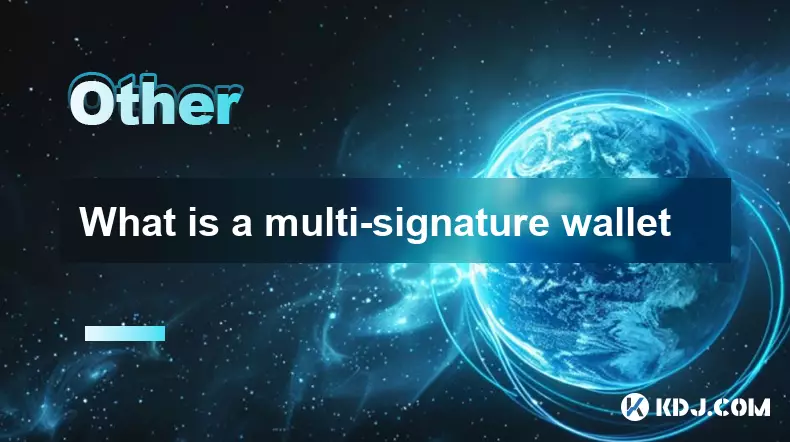
What is a multi-signature wallet
Sep 20,2025 at 07:00am
Understanding Multi-Signature Wallets in Cryptocurrency1. A multi-signature wallet, often referred to as a multisig wallet, is a type of cryptocurrenc...

What is a token economy?
Sep 20,2025 at 12:18am
Understanding the Foundations of a Token Economy1. A token economy in the context of cryptocurrency refers to a system where digital tokens are used a...

What are suitable application scenarios for blockchain?
Sep 20,2025 at 03:19am
Decentralized Finance (DeFi) Platforms1. Blockchain enables the creation of financial services without centralized intermediaries, allowing users to l...

What is a Rollup (Optimistic vs. ZK)?
Sep 22,2025 at 03:00pm
Understanding Rollups in Blockchain Technology1. Rollups are layer-2 scaling solutions designed to increase transaction throughput on blockchains like...

What is blockchain scalability?
Sep 19,2025 at 06:18am
Understanding Blockchain Scalability1. Blockchain scalability refers to a network's ability to handle an increasing number of transactions without com...

What does TPS mean on a blockchain?
Sep 21,2025 at 09:54am
Understanding TPS in Blockchain Technology1. TPS stands for Transactions Per Second, a metric used to measure the number of transactions a blockchain ...

What is a multi-signature wallet
Sep 20,2025 at 07:00am
Understanding Multi-Signature Wallets in Cryptocurrency1. A multi-signature wallet, often referred to as a multisig wallet, is a type of cryptocurrenc...
See all articles





















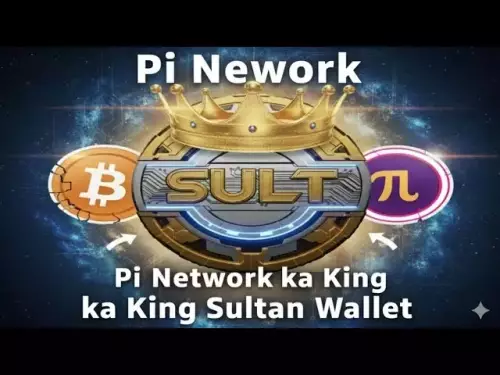



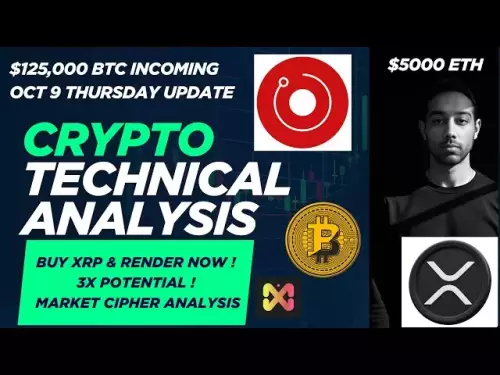
![🚨IS VECHAIN (VET) A DEAD COIN ?? PRICE ANALYSIS [GET READY NOW] 🚨IS VECHAIN (VET) A DEAD COIN ?? PRICE ANALYSIS [GET READY NOW]](/uploads/2025/10/09/cryptocurrencies-news/videos/vechain-vet-dead-coin-price-analysis-ready/68e7b200b067b_image_500_375.webp)















































